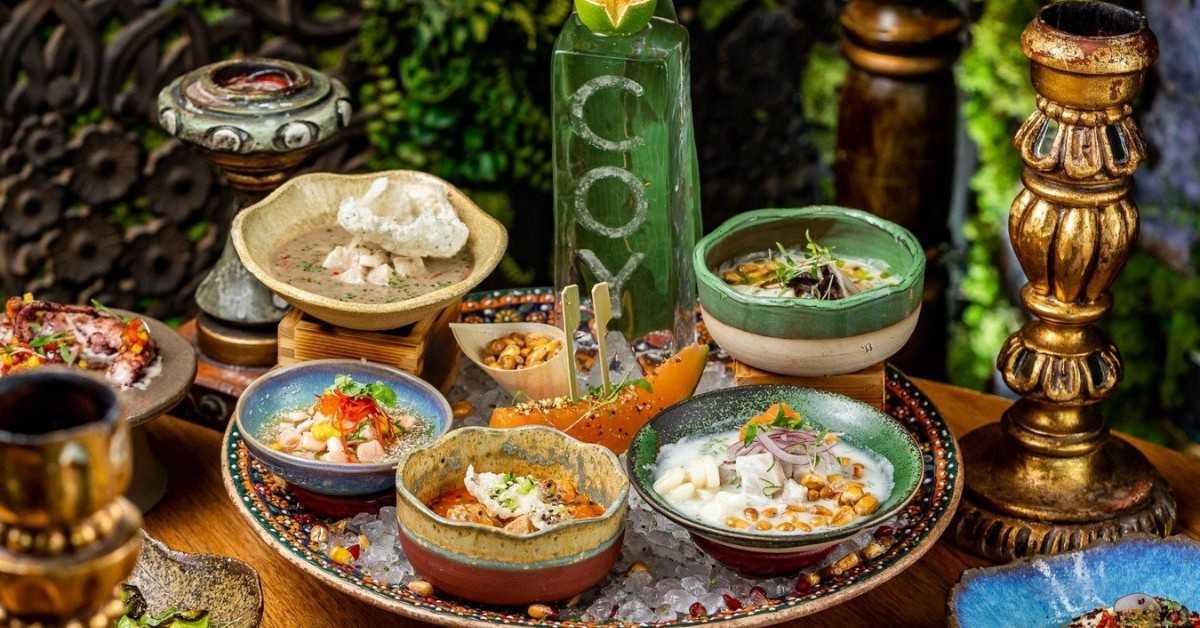
Dubai's cuisine is a mesmerizing blend of cultures, tastes, and textures, offering a culinary journey that mirrors the city’s dynamic evolution. From its deep Arabian roots to its cosmopolitan influences, Dubai is a place where food is not just nourishment but an experience that tantalizes the senses. Whether you are a first-time visitor or a seasoned traveler, diving into the city’s food scene promises a vibrant exploration of traditional Emirati dishes, international flavors, and fusion creations. Here’s a closer look at some of the must-try dishes that embody Dubai’s rich culinary landscape.
1. Luqaimat: Sweet Bites of Heaven
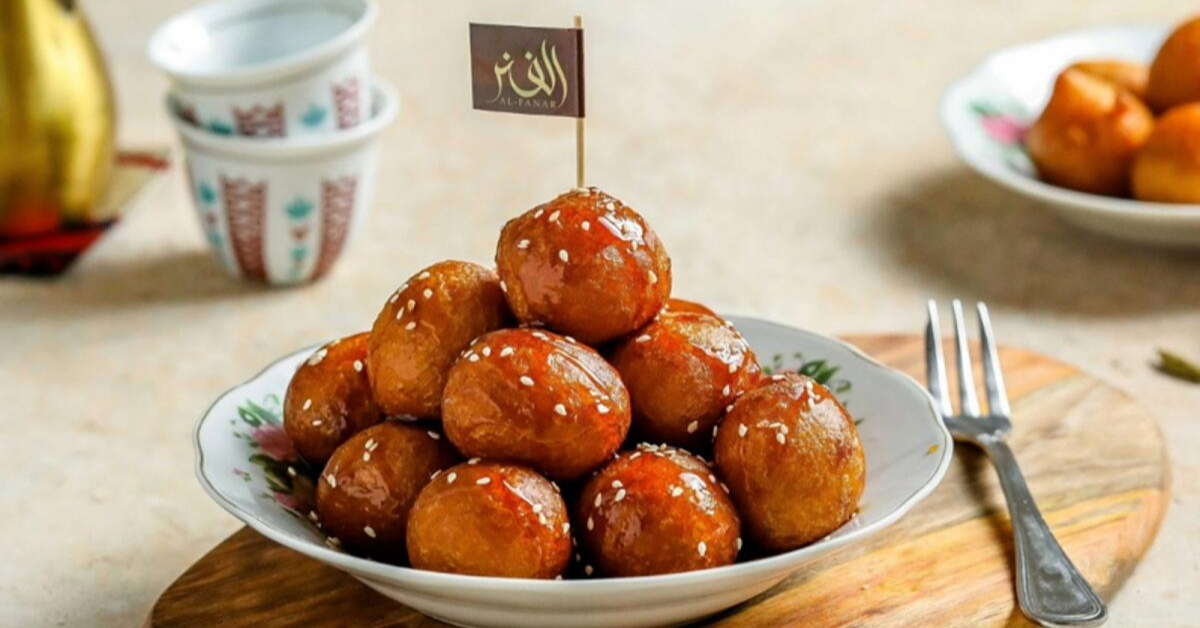
Luqaimat are the golden, crispy dumplings that will steal your heart. Their syrupy sweetness, complemented by a dusting of sesame seeds, makes them a beloved treat, especially during Ramadan. These small, golden orbs of joy are deep-fried to a perfect crunch on the outside and remain soft and pillowy on the inside. When drenched in sticky date syrup, they take on a rich, indulgent flavor. Often served with Arabic coffee, these delightful bites encapsulate the hospitality of the Emirati culture. Their simple yet satisfying nature has made them a staple in both homes and cafes throughout the UAE, making Luqaimat a sweet symbol of Dubai’s culinary tradition.
2. Margoogat: Hearty Emirati Stew
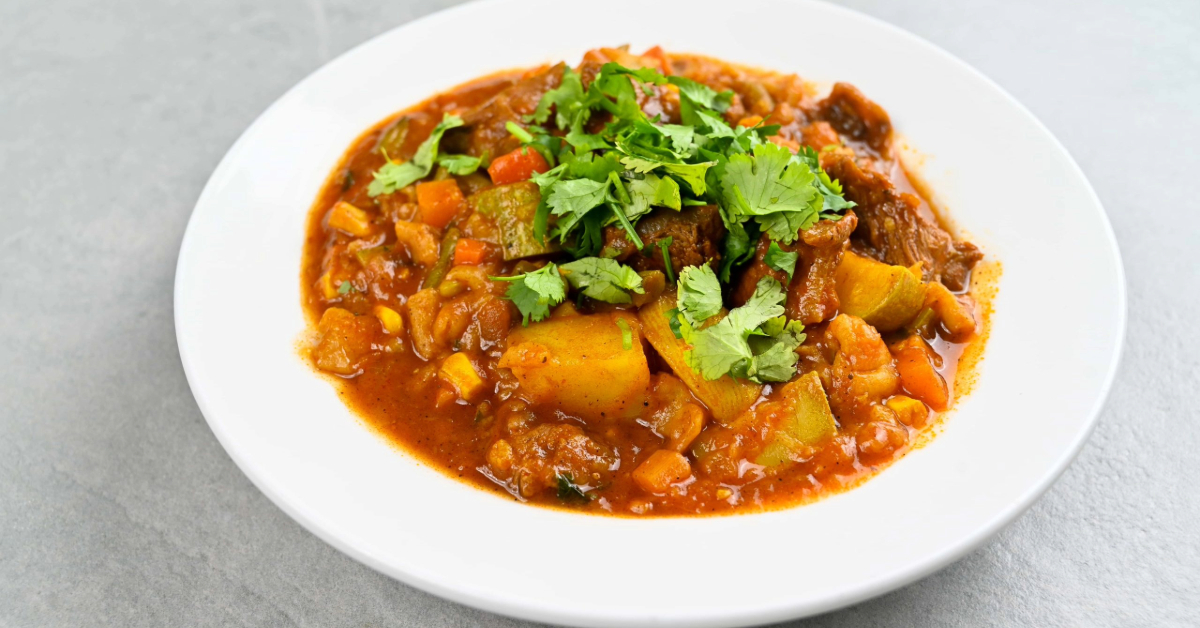
Margoogat is a warming stew that fills the soul with comfort. This dish blends tender meat—usually chicken or lamb—with a tantalizing mix of aromatic spices such as cinnamon, cumin, turmeric, and cardamom. The result is a thick, flavorful broth that can make any chilly evening feel cozy. The dish, often served with rice or flatbread, showcases the rich complexity of Emirati home cooking. Margoogat has long been a favorite for family gatherings and celebrations, offering layers of spice and tender meat that make it the heart of any meal. Its rich and aromatic flavor profile ensures that each spoonful is filled with warmth, making it an essential part of Dubai’s culinary heritage.
3. Samosa: The Global Snack
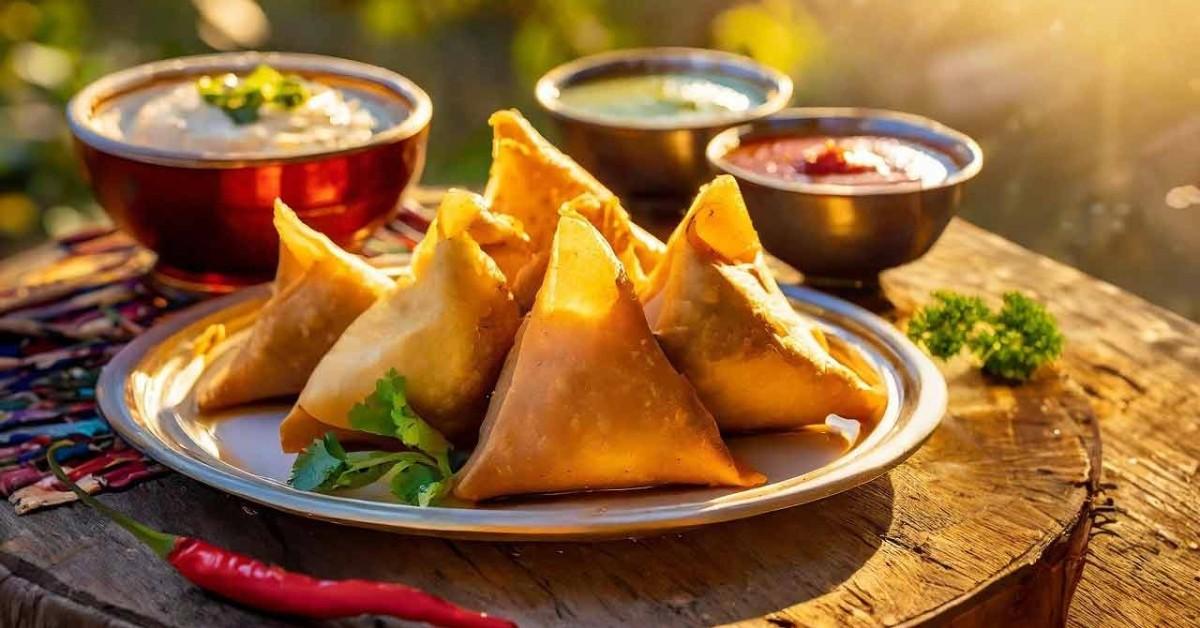
Though its roots trace back to India, Dubai has made the samosa its own, adding a touch of its unique flair. These triangular, crispy delights are packed with flavorful fillings that vary from spiced potatoes and peas to minced meat or cheese. Each bite offers a delightful crunch, followed by a burst of seasoned goodness. The samosa is more than just a snack; it's an experience. It’s a favorite at gatherings, paired with mint chutney or tamarind sauce, adding a burst of freshness. Found in virtually every corner of Dubai, from street vendors to luxury restaurants, the samosa perfectly encapsulates the city’s love for global fusion and variety.
4. Chebab: Emirati Pancakes for Breakfast
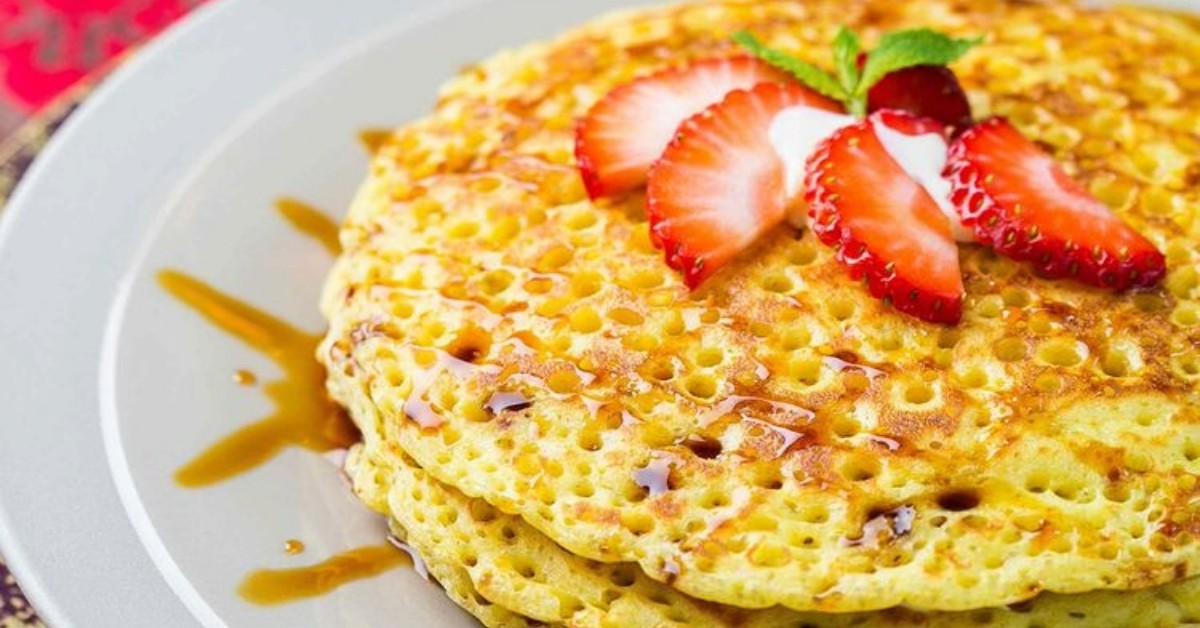
Chebab is a warm and fluffy pancake that’s perfect for breakfast or a mid-day treat. These golden discs are crispy around the edges, soft in the middle, and often served with date syrup, honey, or ghee. Their mildly sweet flavor makes them a delicious start to any day. In Dubai, Chebab is typically enjoyed during Ramadan, where it’s part of the suhoor (pre-dawn meal) to fuel people for the long day ahead. The dish has been passed down through generations and is still prepared in homes across the UAE, where families gather to enjoy these fragrant pancakes, often paired with steaming cups of Arabic coffee. It’s more than just a meal; it’s a cherished ritual, and no visit to Dubai is complete without tasting this Emirati breakfast staple.
5. Machboos/Majboos: A Fragrant Rice Delight
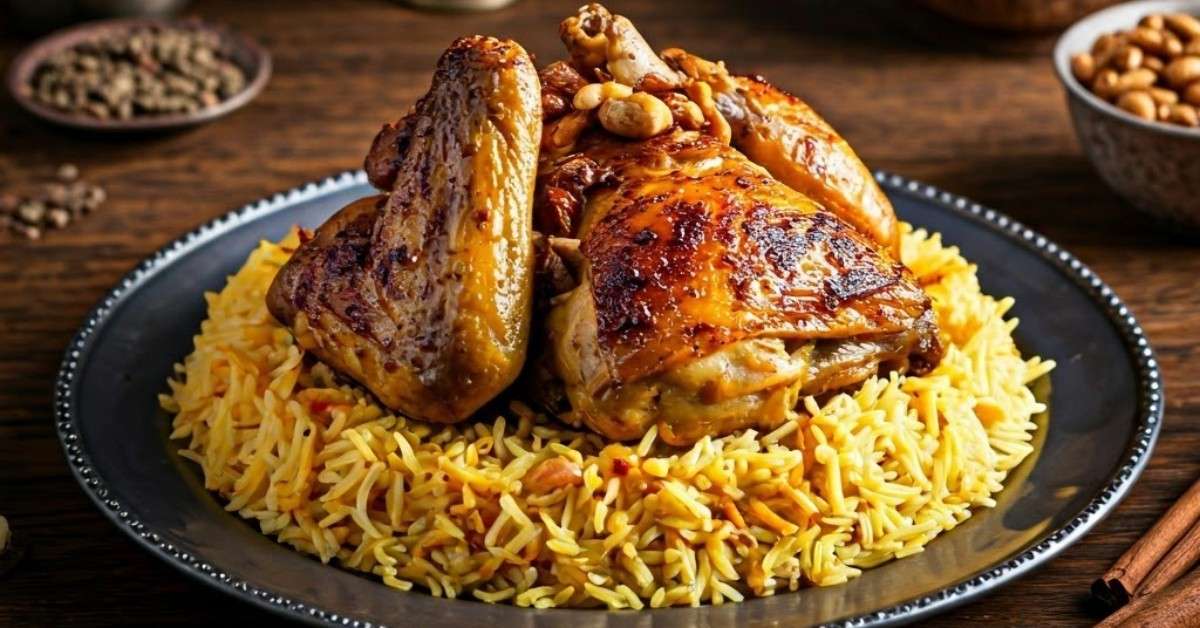
Machboos (or Majboos) is the dish that defines Dubai's love for rice. Often described as the Emirati equivalent of biryani, Machboos is a fragrant rice dish cooked with meat such as chicken, lamb, or fish. It’s seasoned with a carefully balanced mix of spices, including saffron, turmeric, cinnamon, and black lime, which infuse the rice with layers of flavor. The rice absorbs the savory broth of the meat, resulting in a rich, aromatic dish that satisfies the appetite and soothes the soul. The final touch often includes fried onions, nuts, or even raisins, adding a sweet crunch to the dish. Machboos is a festive favorite and is typically served in large communal platters, encouraging family-style meals that emphasize the values of sharing and togetherness.
6. Harees: A Comforting Classic
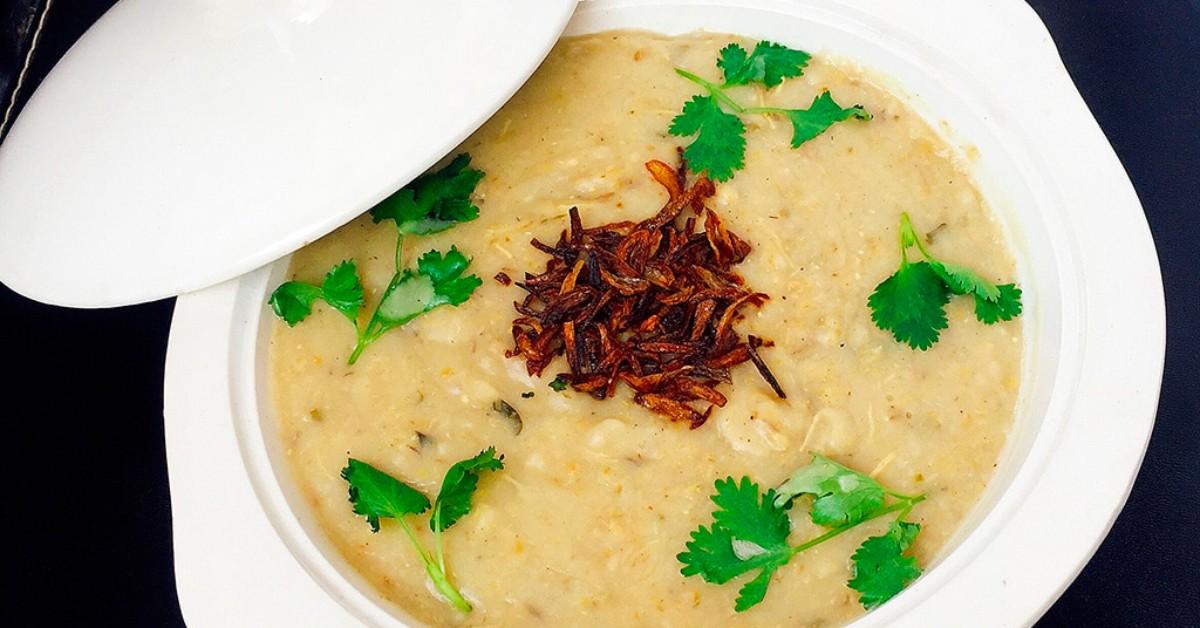
Harees is the epitome of simple, soul-soothing food. Made from wheat and meat, usually chicken or lamb, this dish is slow-cooked to create a creamy, porridge-like consistency. The wheat breaks down as it cooks, blending seamlessly with the tender meat to create a comforting, hearty meal. Traditionally served during Ramadan and Eid, Harees is a dish that brings people together. Its rich flavor, enhanced with spices like cumin, makes it perfect for those seeking a warm, fulfilling meal. Its creamy texture and buttery finish, often enhanced with a dollop of ghee, make it a dish that lingers in your memory long after the last bite.
7. Khubz: The Heart of Every Meal
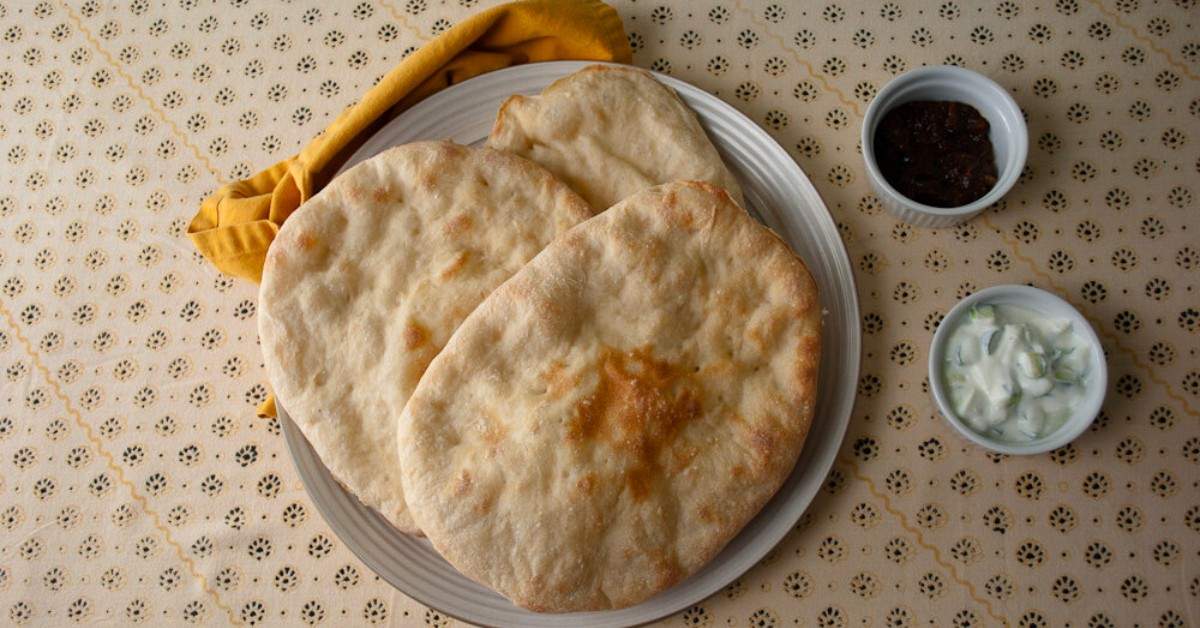
No meal in Dubai feels complete without Khubz, the round, soft flatbread that accompanies virtually every dish. Made from simple ingredients like flour, water, and salt, Khubz is baked in a tandoor, which gives it a characteristic smoky flavor. Its warm, soft texture makes it ideal for scooping up stews, dips, or meats, and it’s often used to scoop up Machboos or Margoogat. Khubz is more than just a side; it’s a symbol of hospitality in the UAE. Whether served as a wrap for grilled meats or simply torn to accompany a bowl of soup, Khubz is an essential part of any Emirati dining experience.
8. Madrouba: A Creamy Rice Comfort
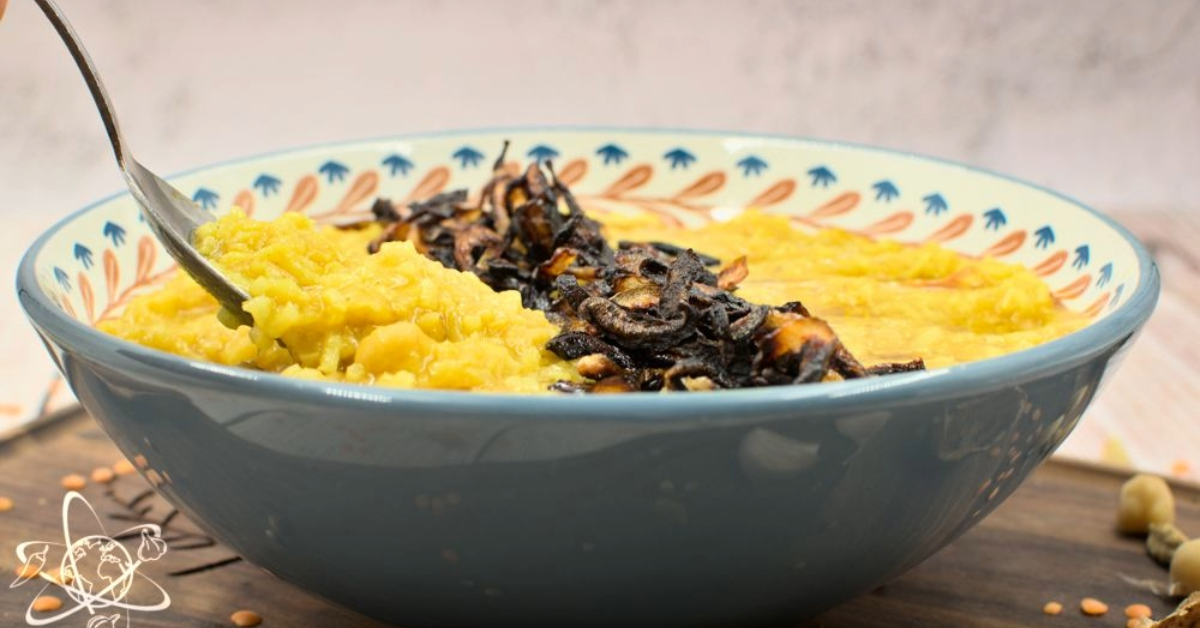
Madrouba is a dish that combines simplicity and depth of flavor. It’s a comforting mixture of rice and chicken (or lamb), slow-cooked with aromatic spices to create a creamy, porridge-like consistency. The ingredients are carefully blended to create a smooth, satisfying texture, with each bite providing a comforting, warm sensation. Madrouba’s gentle flavors and rich consistency make it the perfect dish for a nourishing meal, especially after a long day. It is a dish made for gathering, and its mild spice profile makes it perfect for children and adults alike. Popular in Emirati households, Madrouba is often enjoyed as a lunch or dinner option.
9. Biryani: A Fragrant Rice Legacy
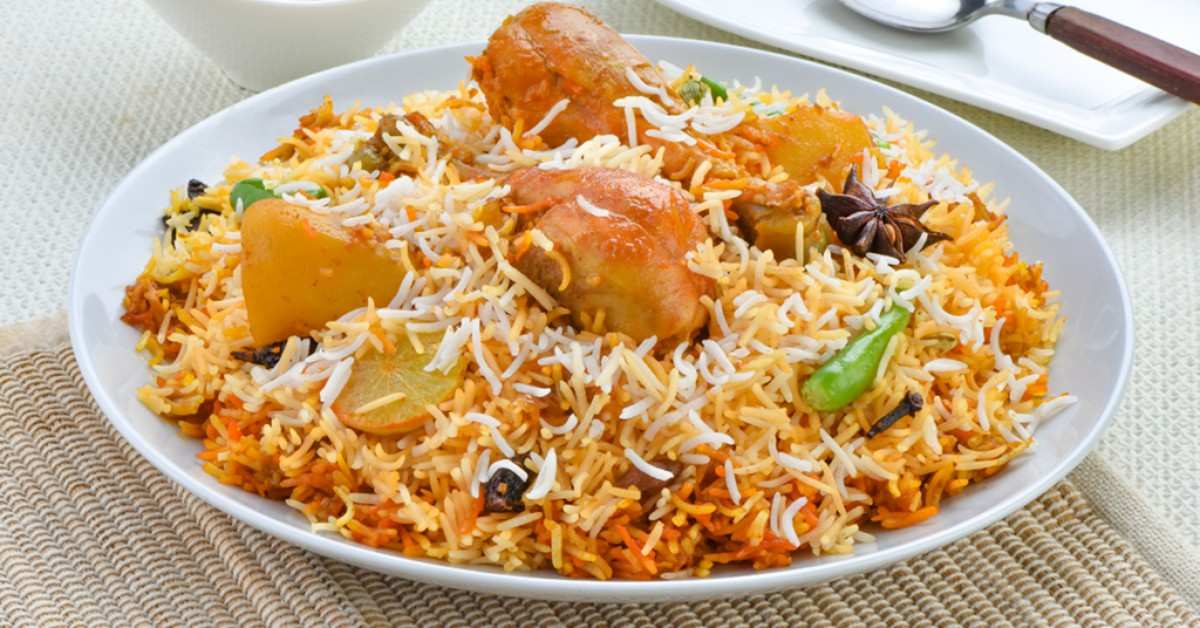
While biryani originates from India, its influence in Dubai is undeniable, with the city offering numerous variations of this beloved rice dish. Biryani in Dubai is typically made with marinated meats like chicken or lamb, cooked with layers of fragrant, spiced rice. The dish is rich in aromatic flavors, from the earthiness of cardamom to the floral notes of saffron. Biryani is often garnished with fried onions, boiled eggs, and fresh cilantro, giving it a visually stunning appearance. Whether served in an elegant restaurant or at a bustling street corner, Biryani is a dish that speaks to Dubai’s multicultural identity and the blending of culinary traditions across South Asia, the Middle East, and beyond.
10. Thareed: Soaked Bread Stew
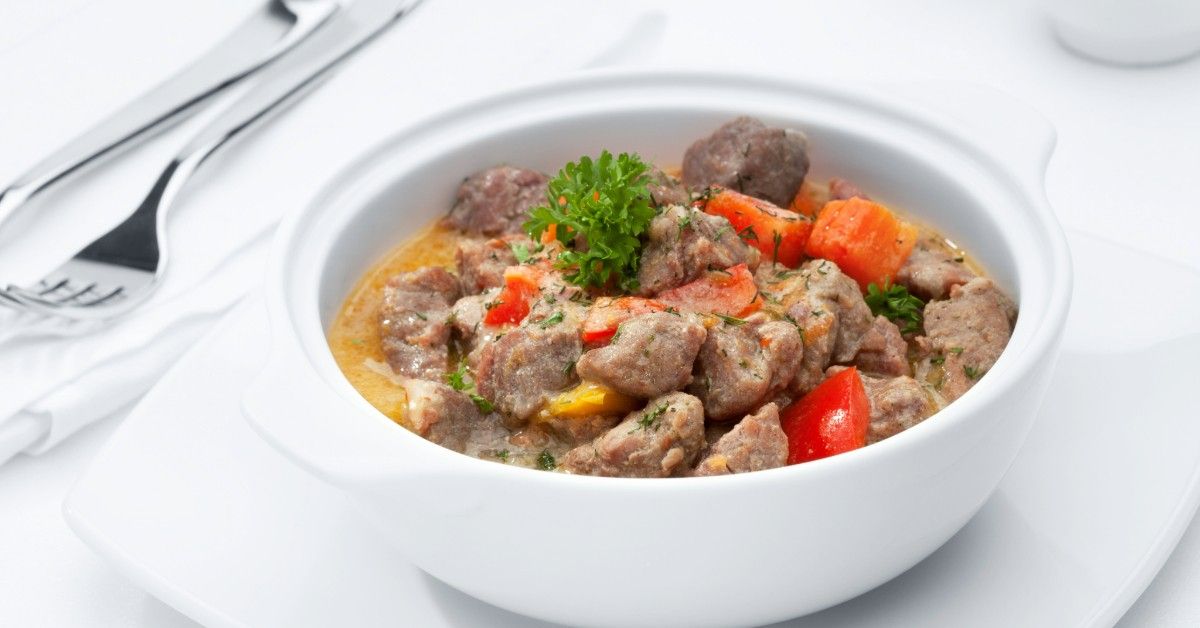
Thareed is a rustic, comforting dish that is perfect for a hearty meal. It consists of meat, often chicken or lamb, vegetables, and bread that’s soaked in a flavorful broth. The bread absorbs all the savory juices from the stew, creating a unique texture that combines the softness of the bread with the richness of the meat and vegetables. Thareed is traditionally enjoyed during Ramadan, where its rich, satisfying nature makes it a perfect meal to break the fast. It’s a dish that brings comfort and warmth, making it an iconic part of Dubai’s culinary legacy.
Dubai’s food scene is as diverse and dynamic as the city itself. Each dish tells a story, from the deep-rooted traditions of Luqaimat and Machboos to the influences of international flavors found in samosas and biryani. Whether it's the comforting stews of Margoogat and Harees or the fragrant, rice-based dishes like Biryani and Machboos, Dubai’s cuisine offers a sensory experience that is rich, varied, and unforgettable. Through its food, Dubai celebrates not only its heritage but its role as a melting pot of cultures and flavors, inviting visitors to indulge in a culinary journey that spans centuries and continents.








